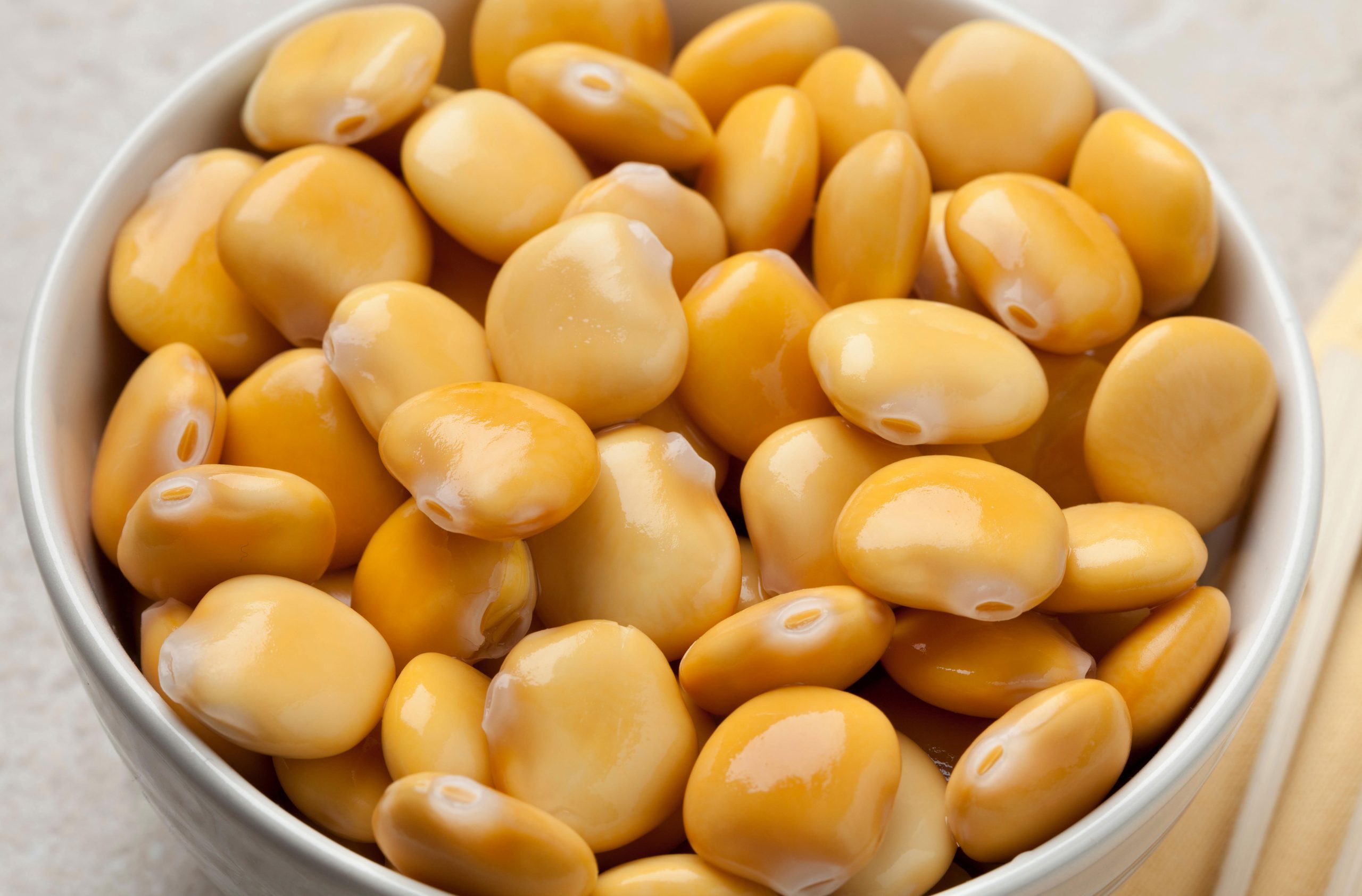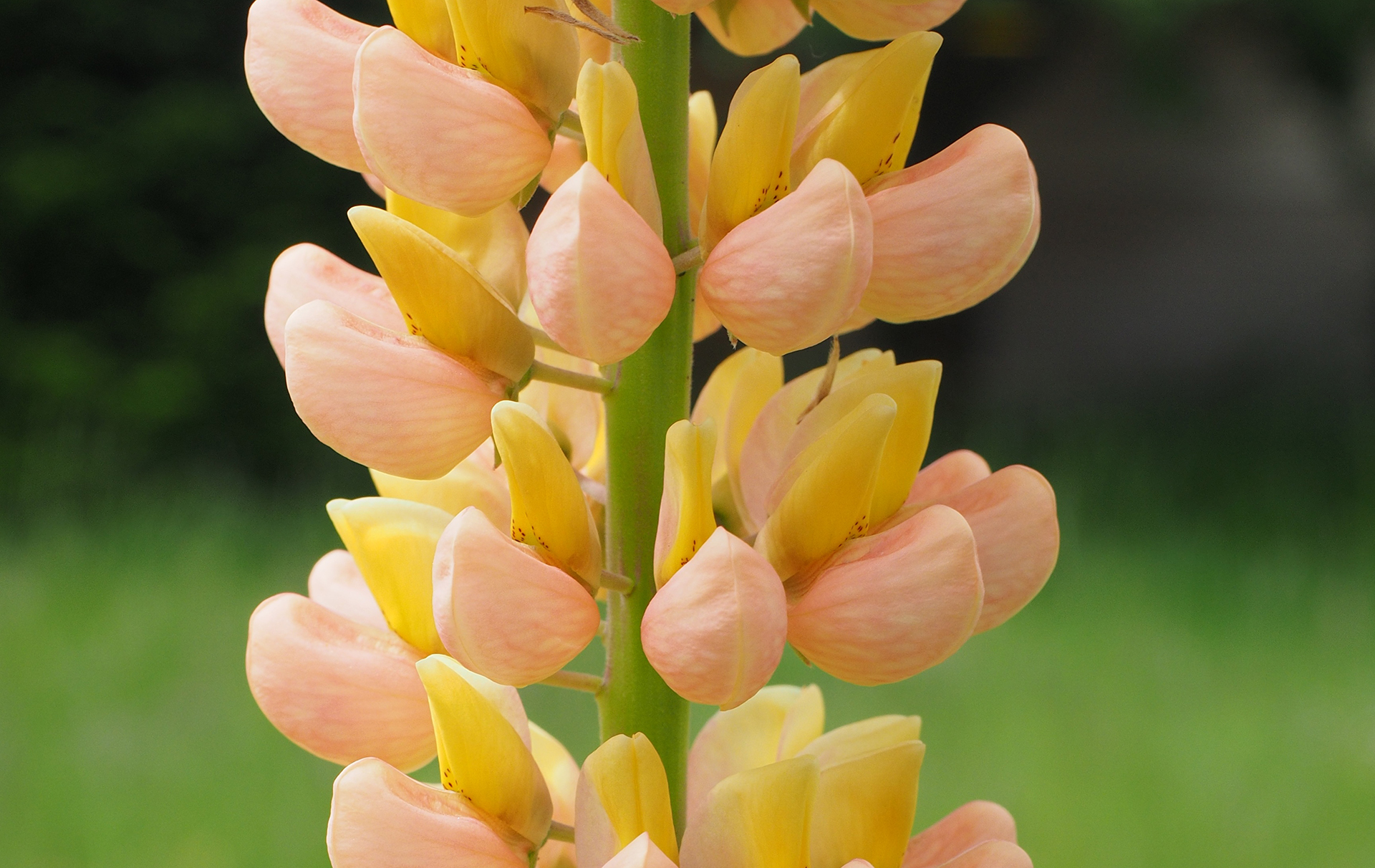Lupin beans: Everything you need to know about the latest superfood


Lupin beans are a gluten-free, plant-based protein that are full of prebiotics - and they're also low carb.
You've probably never heard of them, but lupin beans have been attracting some attention recently and have even been taunted as the next big superfood.
So, what are they? A lupin is a legume seed related to the chickpea, lentils, peas, peanut and soya beans.
Due to their lack of flavour and rather bland appearance when raw, lupin beans are late to hit the superfood list but are certainly a healthy option to consider.
The beans have long been a popular snack in Mediterranean countries and in South and North America, where they grow on colourful flower plants.

'Lupin flakes have a unique combination of low-carb, gluten-free, plant-based protein and prebiotic fibres, with high levels of bioavailable essential amino acids and minerals,' explains Sofi Sipsa, chief scientist for Revolupin Flakes, one of the leading manufacturers.
She added that this makes them: 'Ideal for improving health issues arising from today's modern diet, such as diabesity, hypertension, gut health and cardiovascular health.'
Parenting advice, hot topics, best buys and family finance tips delivered straight to your inbox.
Lupin beans can be eaten raw or cooked. In South America they're often soaked in salt and eaten raw as a snack, or roasted and eaten like peanuts.
You can also buy lupin beans in flake form, making them easier to use in your everyday diet.
You could add a tablespoon to your porridge to increase the protein and fibre, for example. Or, consider mixing with scrambled egg or using them to coat chicken or fish before cooking, a bit like breadcrumbs. They can also be blended into flour, and added to cake and bread mixes before baking.
Although they are not widely available in UK supermarkets currently, they can be brought from several online stores and health shops.

Jessica Dady is Food Editor at GoodtoKnow and has over 12 years of experience as a digital editor, specialising in all things food, recipes, and SEO. From the must-buy seasonal food hampers and advent calendars for Christmas to the family-friendly air fryers that’ll make dinner time a breeze, Jessica loves trying and testing various food products to find the best of the best for the busy parents among us. Over the years of working with GoodtoKnow, Jessica has had the privilege of working alongside Future’s Test Kitchen to create exclusive videos - as well as writing, testing, and shooting her own recipes. When she’s not embracing the great outdoors with her family at the weekends, Jessica enjoys baking up a storm in the kitchen with her favourite bakes being chocolate chip cookies, cupcakes, and a tray of gooey chocolate brownies.